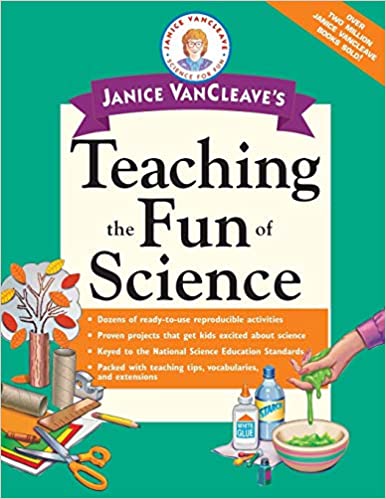Notes from Janice’s Desk
Tip 1:
Make Science Activities a Hit in Your Classroom. Here are some strategies you can use to make science both a fun-filled adventure for students and the easiest and most organized period of your day.
- Know the Experiment.
Read each experiment completely before starting, and practice doing the experiment prior to class time. A better understanding of the topic and familiarity with procedures and materials will make it easier for you to give instructions, answer questions, and expound on the topic.
- Collect and Organize Supplies in Advance.
You will be less frustrated and more successful if you have all the necessary materials for the experiments ready for instant use. Decide whether the students will be doing the experiment individually or in-groups, and calculate from that how much of each material you will need for the class. Designate a table in the classroom for the supplies and put each type of material in its own box or area of the table. Trays or boxes for students make it easier for them to carry the materials to their work area. Students can also help gather and organize supplies for the supply table.
Each team collects and analyzes data and prepares a written or oral report of the results. Collaboration not only enhances student learning, but reduces the number of supplies needed. ( See tip 2 on “Organization” for hints on how to organize groups and assign job functions.)
- Supervise the Experimentation.
Instruct your students to read through each experiment before beginning. Emphasize that safety is of the utmost importance, so instructions should be followed exactly and steps should not be skipped or added. You may want to demonstrate all or part of the procedure beforehand. You might stop short of showing the final step so that the students experience seeing the results for the first time themselves.
Teaching the Fun of Science
(paid link)
More Later,
Janice
